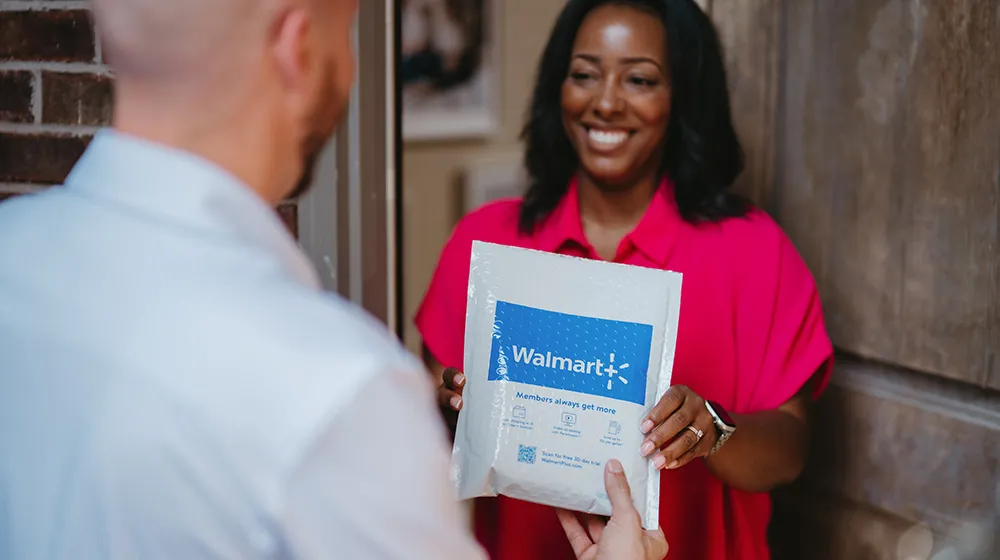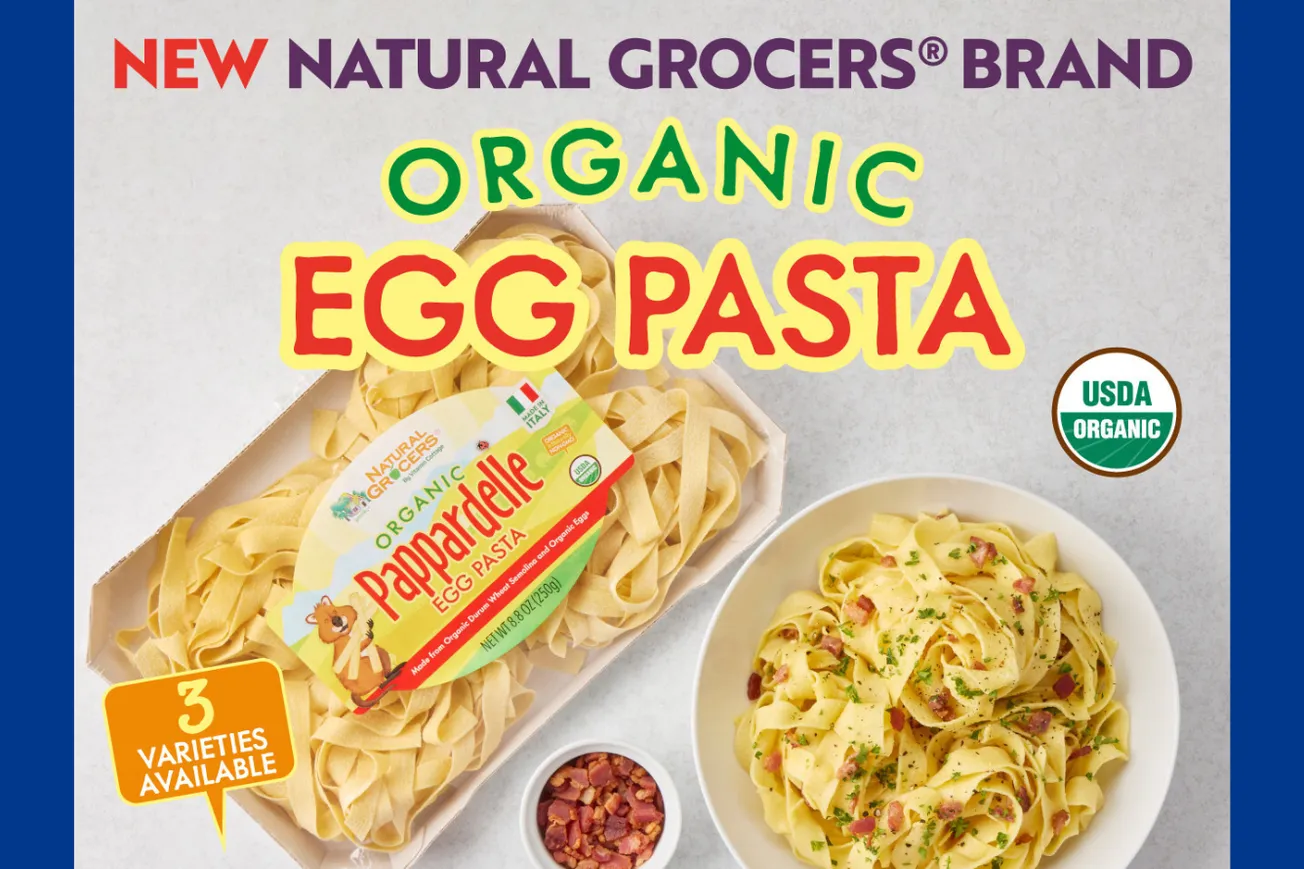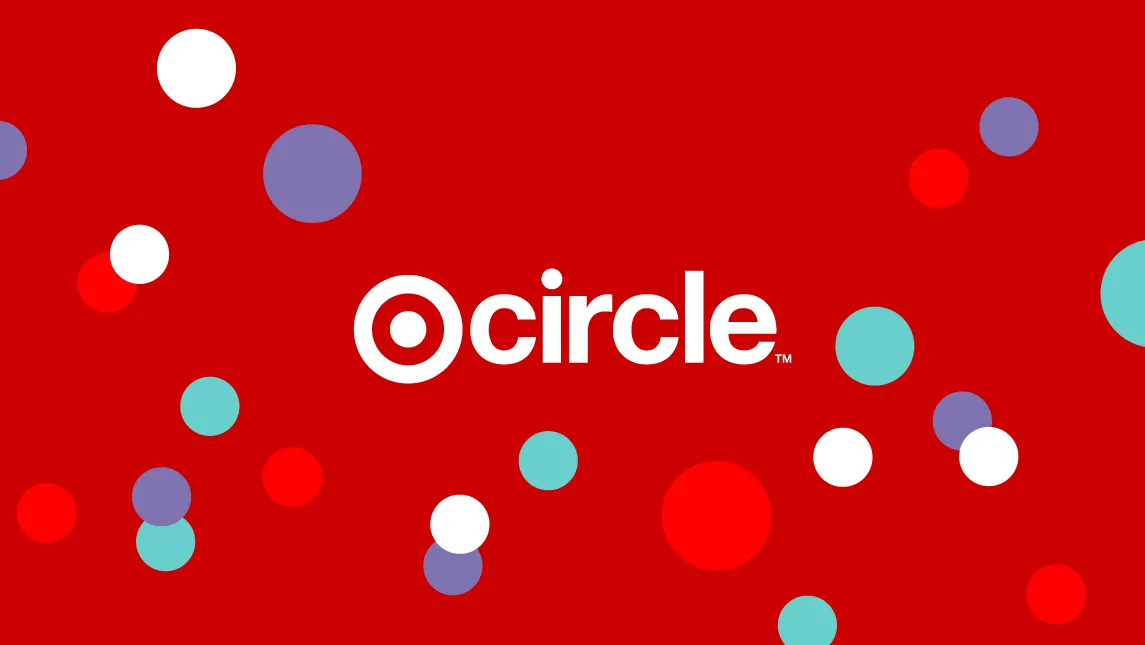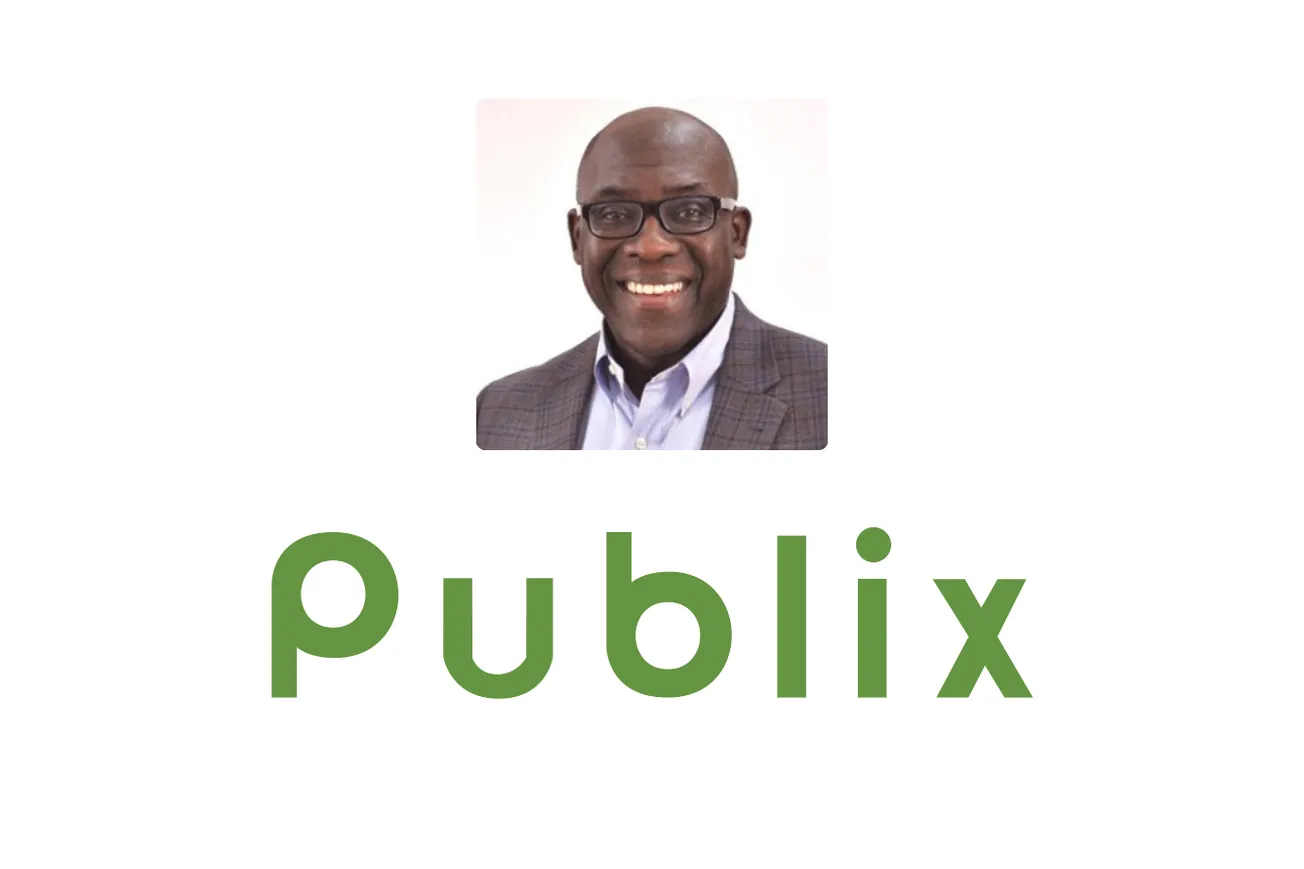PALM BEACH, Fla. — Retailers and suppliers are creating “a health and wellness renaissance,” National Association of Chain Drug Stores president and chief executive officer Steven Anderson said at the organization’s annual meeting here.
Retailers and suppliers are creating “a health and wellness renaissance,” National Association of Chain Drug Stores president and chief executive officer Steven Anderson said at the organization’s annual meeting here.
“And through NACDS, [chains and manufacturers] are creating a renaissance of recognition,” he said. “Now, an industry that has been under siege for decades is seeing the results of being better understood.”
For pharmacy retailers as well as those focused on the front end — and the suppliers to both — improving lives has emerged as a common theme, Anderson added. “Collectively, your companies’ competition to deliver value is creating a rebirth … with innovations focused on patients and consumers.”
Newly elected NACDS chairman Larry Merlo, executive vice president of CVS Caremark Corp. and president of CVS/pharmacy, expressed confidence that the personal link between pharmacists and patients can help improve patient health and health care delivery.
Merlo described some of the changes and trends shaping pharmacy, including electronic prescribing and the growth in the number of people over age 65. He also pointed to aspects of health care reform, including the closing of the Medicare Part D “doughnut hole,” and the increase in the number of Americans with health insurance.
At the same time, Merlo described ongoing health care challenges, including taming costs. Saying “this is where we come into play,” he highlighted pharmacy’s value and its potential.
“As an industry … we are positioned to help control the costs of health care by advocating for the value of what I’m going to call ‘pharmacy care,’ ” Merlo said. “Our strategy for ensuring the use of cost-effective medications is pretty clear; we need to promote adherence and effectiveness. In both areas, current research would suggest there are tremendous gaps.”
Anderson said the industry has not been getting the credit due to it for “amazing” accomplishments. “It has been like an industry before its time, with innovations and potential that just have not been realized by the rest of the world,” he remarked. “Together, we are creating a renaissance…People will look back 20 or 30 years from now, and will see these times — our times — as a historic, watershed moment.”
NACDS’ proactive advancement of health care reform principles and its campaign portraying pharmacies as “the face of neighborhood health care” helped result in pro-patient, pro-pharmacy provisions in the reform legislation, Anderson said.
He emphasized that as executive branch agencies write the regulations to implement the new law, NACDS will remain highly engaged in a process that “is still in the middle innings.”
“While the law includes important pharmacy issues, the platform that it presented also proved vital,” he stated. “At this very meeting, in past years, we said this debate would give pharmacy a new chance to tell our story. It did, and we seized the moment.
“Members of Congress really started to get it when we talked about poor medication adherence being responsible for $290 billion in added costs every year. That’s 13% of health expenditures. NACDS established pharmacy as a major part of the solution.”
He cited pro-pharmacy provisions in the new law, including advancement of medication therapy management, reduction of Medicaid pharmacy reimbursement cuts under the average manufacturer price (AMP) model, a conditional exemption for pharmacies from the Medicare durable medical equipment accreditation requirement, expanded Medicaid coverage, and maintenance of Medicare Part D vaccine coverage.
Regarding the AMP issue, Anderson said the law validated pharmacy’s strategy to challenge the flawed regulations implemented with the Deficit Reduction Act of 2005, while working for a long-term legislative solution. He noted that the preliminary injunction won by NACDS and the National Community Pharmacists Association has blocked $5.5 million in cuts to pharmacy each day and more than $4.6 billion in cuts since January 1, 2008.
Adding that NACDS strives to reflect the industry’s values as well as the organization’s value, Anderson announced a $150,000 contribution from the NACDS Foundation to help Haiti recover from January’s earthquake, to be divided equally among Doctors Without Borders, AmeriCares and Convoy of Hope.





